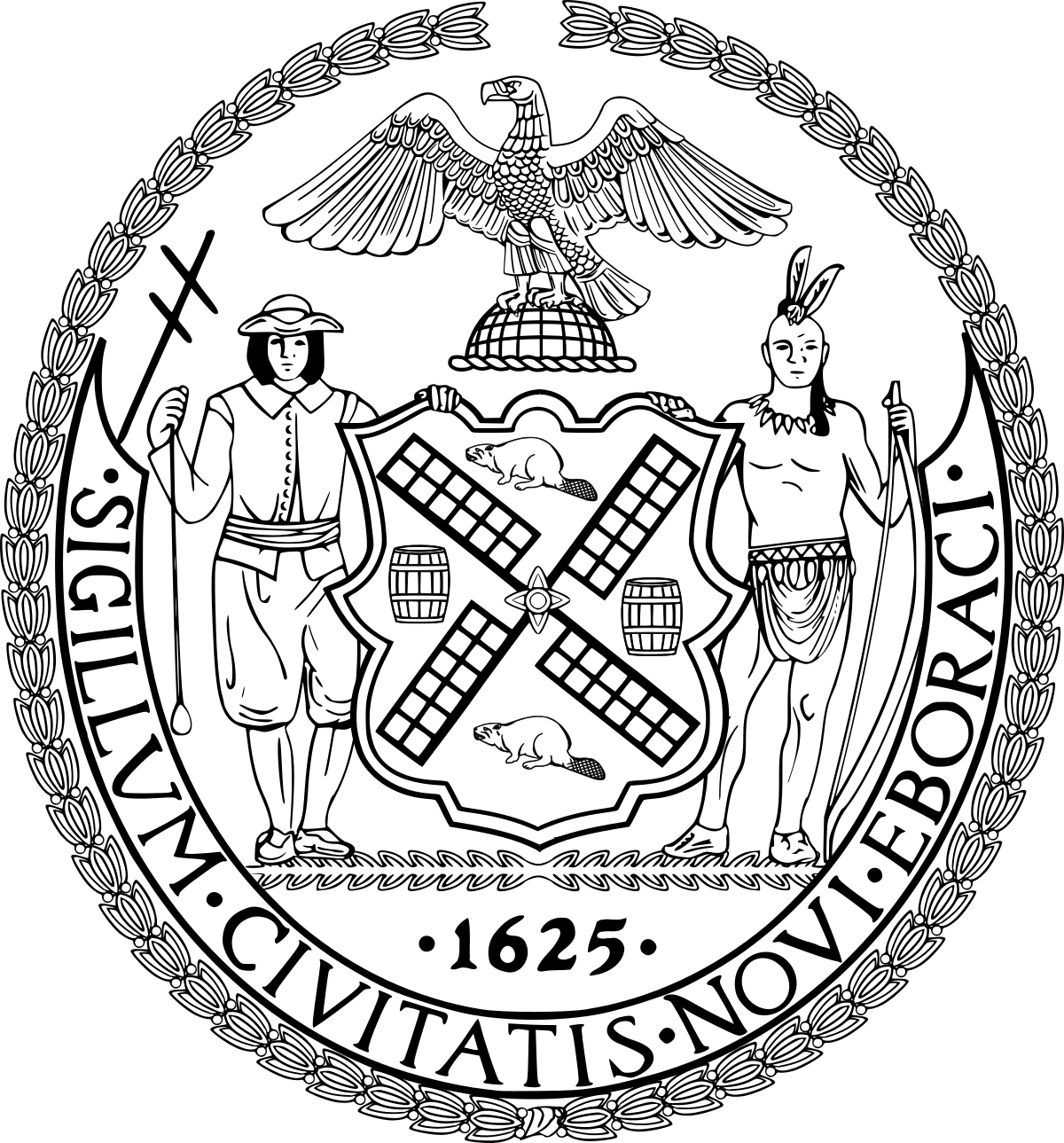Battery Park Cannon
Artist: J.V. Lamb; R.V. Lamb
Collection: Art in the Parks - NYC Department of Parks and Recreation
Date: Excavated, 1892; Installed, 1914
In 1892, the ancient cannon was dug up at Exchange Alley and Broadway during construction.
Exchange Alley had been used as the path to British fortifications informally known as “the Oyster Pasty” (1695-1783) likely because of its shape or because of the popularity of Oysters as a delicacy and thus, must have acquired the name Oyster Pasty Lane or Oyster Pasty Alley. In the 1800s, both Garden Street and Oyster Pasty Alley became Exchange Place and Alley.
But before it was moved, the cannon was mounted along what is now the sidewalk opposite the Custom House, between the years 1695 and 1783.
The cannon was relocated to Battery Park (close to the Bowling Green control station) in 1914, when it was donated to the City of New York by William Henry Mairs and the Children of the City History Club.
NOTE: Oysters, in beds in the surrounding rivers and bays of Manhattan and Long Islands, were a prime means of sustenance for the Lenape Indians and then New York City residents for decades after independence. While the British controlled NYC, this was also the case and a common British delicacy is the “pasty,” an empañada-like treat that featured a pastry crust with various meat, cheese or vegetable filling. Thus, “pasties” were consumed by the tonnage in the Manhattan of that era. However, the alley wasn’t directly named for the food.

